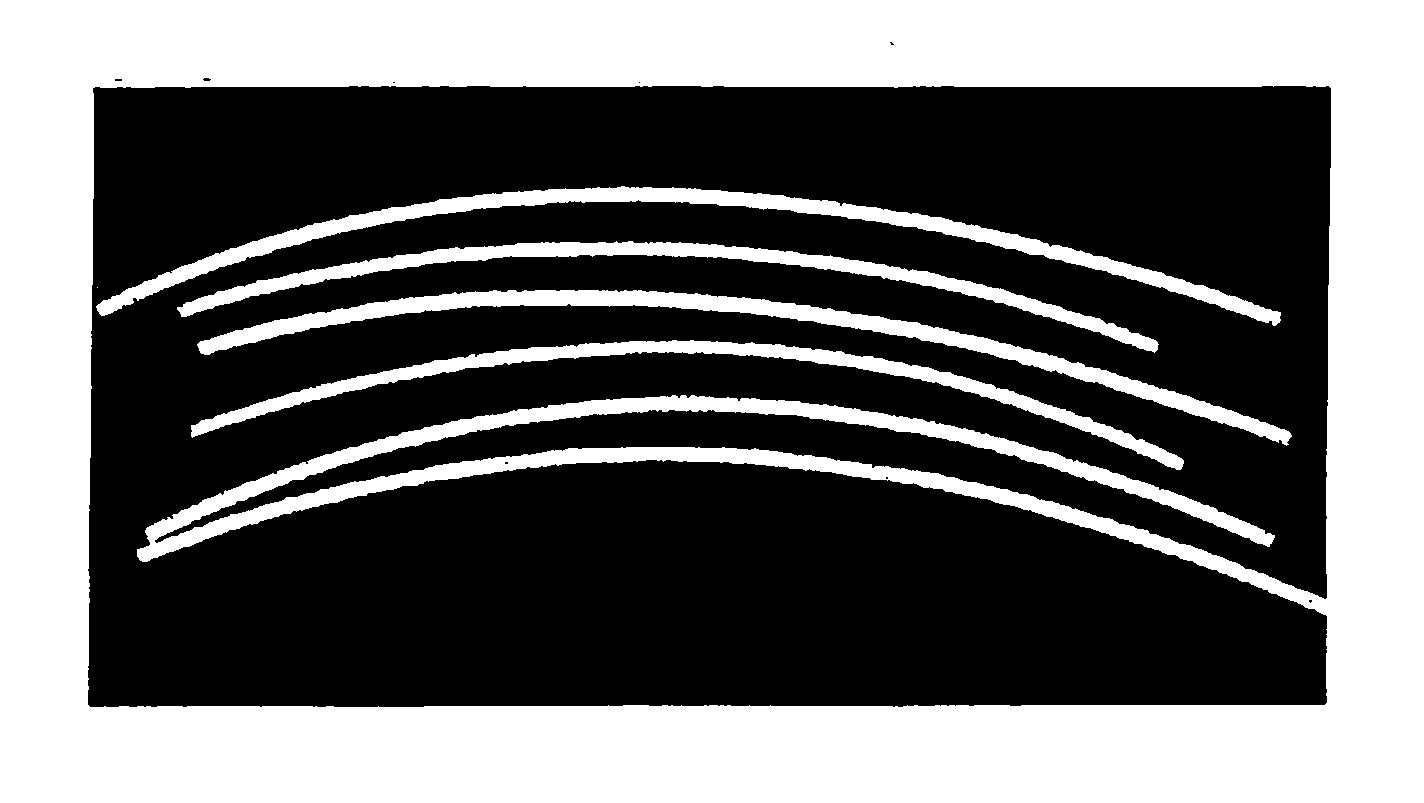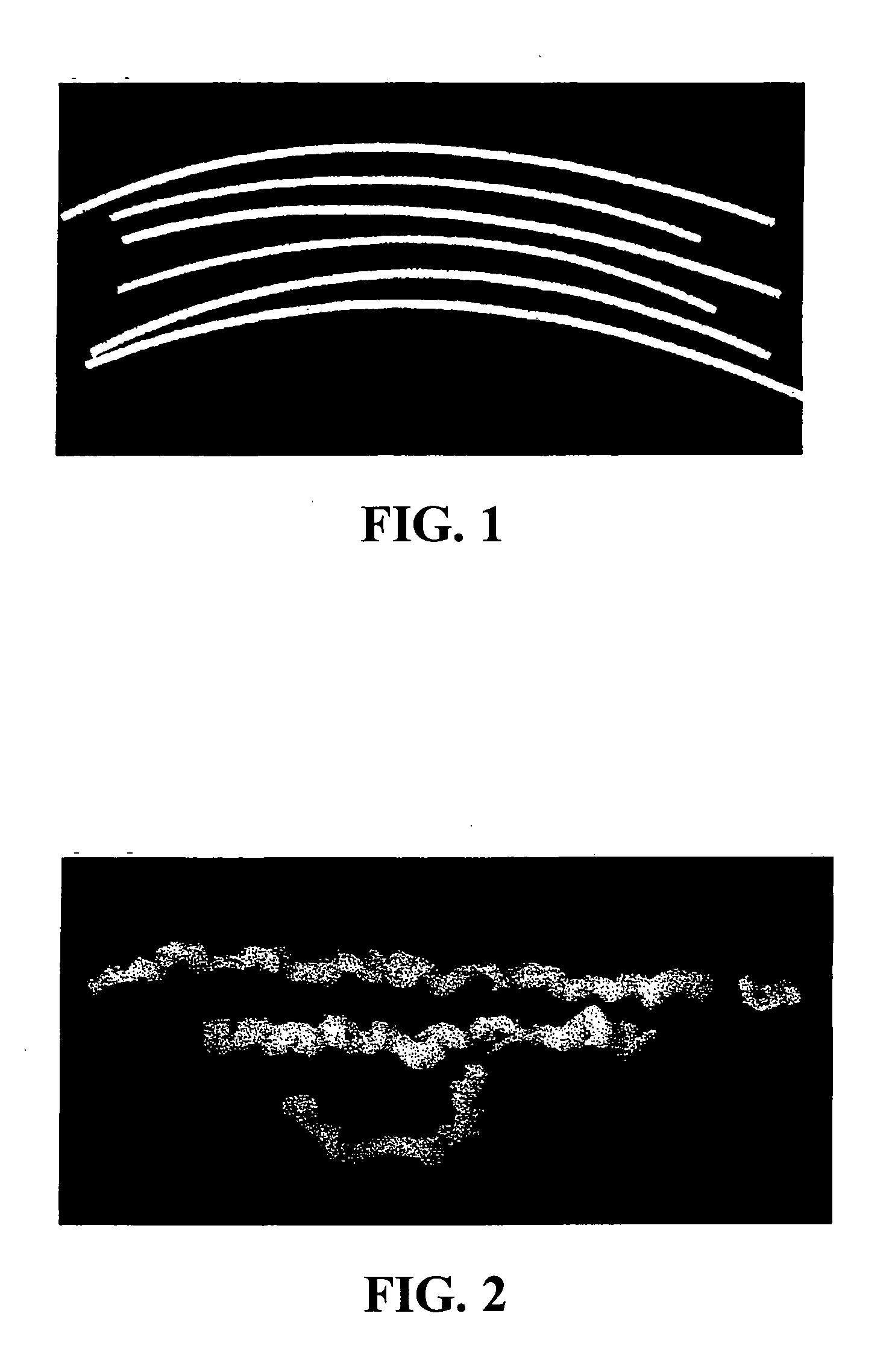Fluoropolymer molding process and fluoropolymer molded product
a technology of fluoropolymer and molding process, which is applied in the direction of printing circuit manufacture, printed circuits, electrical equipment, etc., can solve the problems of inability to fabricate ptfe, reduce chemical resistance and electronic characteristics, and inability to use melting fabrication processes such as injection molding, blow molding, etc., to achieve superior chemical resistance and gas permeation resistance, complex shapes, and superior performan
- Summary
- Abstract
- Description
- Claims
- Application Information
AI Technical Summary
Benefits of technology
Problems solved by technology
Method used
Image
Examples
examples
[0054] The present invention is explained below in more detail by way of examples of embodiments and comparison examples, but this discussion is not meant to limit the present invention in any way.
[0055] The measurements of physical properties were carried out according to the following methods:
(1) Melting Point (Melting Peak Temperature)
[0056] A differential scanning calorimeter (Pyris1 DSC, Perkin Elmer) was used. A 10 mg portion of the powdered polymer sample is weighed out into an aluminum pan, and after being crimped closed with a crimper, is placed in the main DSC unit, and the temperature is increased from 150° C. to 360° C. at the rate of 10° C. / min. The peak temperature (maximum temperature of the melting endotherm) (Tm) is determined from the melting curve obtained in this process, and this is the melting temperature.
(2) Melt Flow Rate (MFR)
[0057] An ASTM D-1238-95-compliant corrosion resistant melt indexer (Toyo Seiki Co., Ltd.) equipped with a cylinder, die and pi...
PUM
| Property | Measurement | Unit |
|---|---|---|
| specific gravity | aaaaa | aaaaa |
| temperature | aaaaa | aaaaa |
| specific gravity | aaaaa | aaaaa |
Abstract
Description
Claims
Application Information
 Login to View More
Login to View More - R&D
- Intellectual Property
- Life Sciences
- Materials
- Tech Scout
- Unparalleled Data Quality
- Higher Quality Content
- 60% Fewer Hallucinations
Browse by: Latest US Patents, China's latest patents, Technical Efficacy Thesaurus, Application Domain, Technology Topic, Popular Technical Reports.
© 2025 PatSnap. All rights reserved.Legal|Privacy policy|Modern Slavery Act Transparency Statement|Sitemap|About US| Contact US: help@patsnap.com



